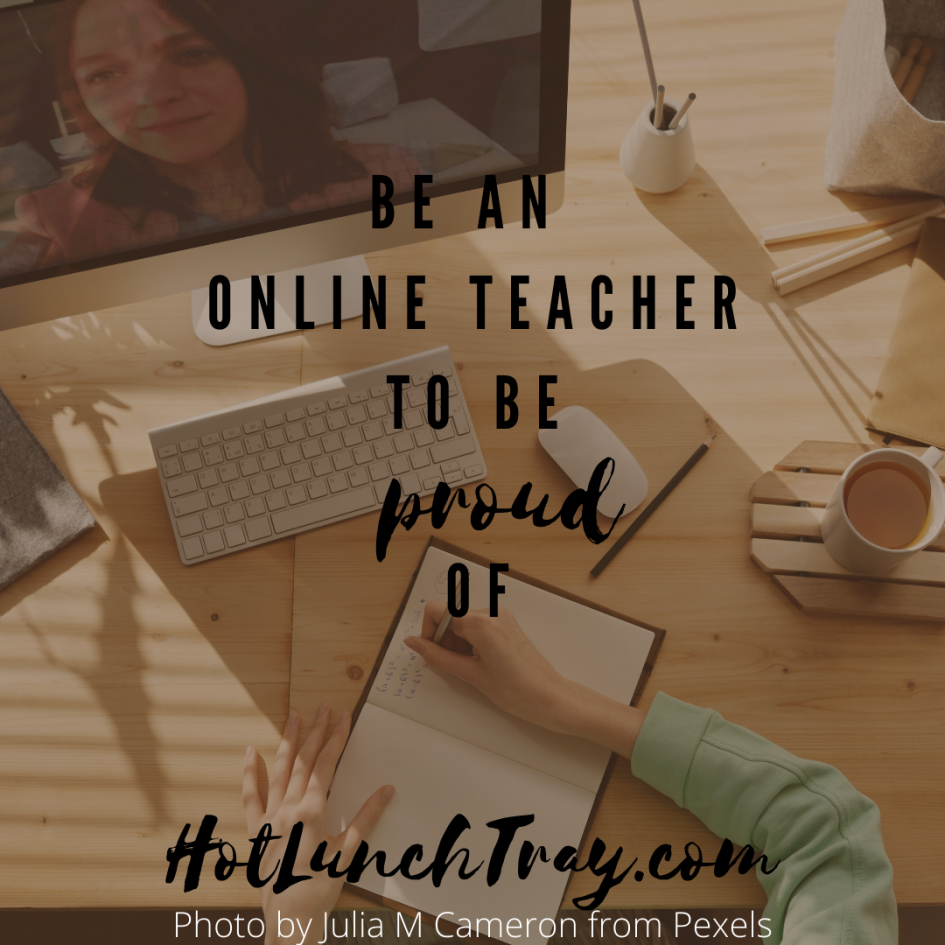Be an online teacher to be proud of!
To be an online teacher to be proud of you need specific skills. Those skills build on the knowledge of face-to-face teaching but must be honed and practiced to expand beyond only those in-person skills. With hundreds of years of teaching history in-person, with all preservice educational experiences (pre-COIVD-19) dedicated to in-person teaching, and with most in-service educators longing for a “return to normal” we need to specify how to teach well online.
Skills every online teacher needs are efficiency, predictability, and the ability to create quality interactions.
Efficiency
An online teacher has access to computer-based tools to increase efficiency. The skillset to use those tools to craft the optimal learning and teaching environment is essential. An online teacher has a varied schedule from an in-person educator and now needs to explore beyond the daily, or even blocked schedule of every other day. Online teachers can thinking in multiple times per day or plan for weekly variations, anything over time really.
Tools to master include email for communication {read: email hacks}, email calendars for meetings, auto-schedulers (Recommendation: Calendly) to arrange future meetings, efficiencies in grading and feedback {read: grading online submissions}.
Predictability
Online teachers have the ability to build a routine where none exists or create a new routine as needed. Routine builds predictability and predictability encourages students to engage with the course content. Students continually “guess and check” what is happening next in the course; when students are engaged by those small guesses they feel increasingly comfortable in the course content. The basic building block of the online space is the module {read: how to organize a module}.
The tools to master is your learning management system {read: LMS posts}.
Techniques to work on include instructional design in online learning environments. Consider how to turn worksheets into online content, chunking content, and Universal Design for Learning {read: start here: K-12 instructional design}.
Quality Interactions
The enrollment into online learning has a story rooted in the family. In order to maintain interest and satisfaction in the quality of the online experience identify the parts of your audience and work toward quality interactions with each segment of that audience. Parents, the broader family, and specifically the students all have unique communication paths and styles.
Tools to master include all communication features within your LMS.
Techniques to work on include the art of online communication. Consider how to introduce yourself to your online classroom and online teacher presence.







2 Pingbacks